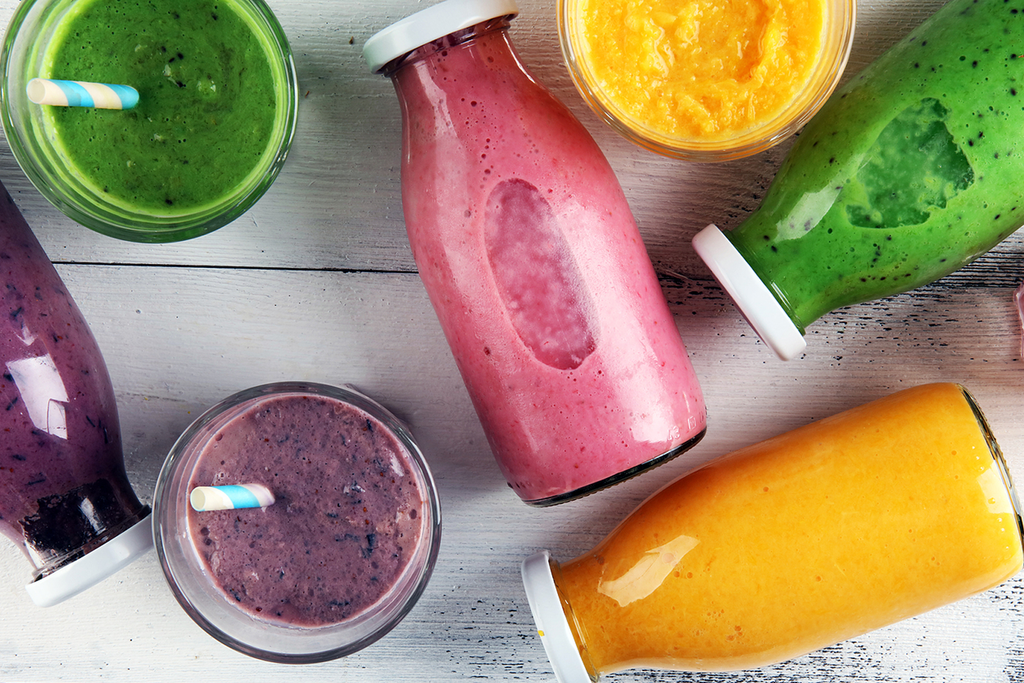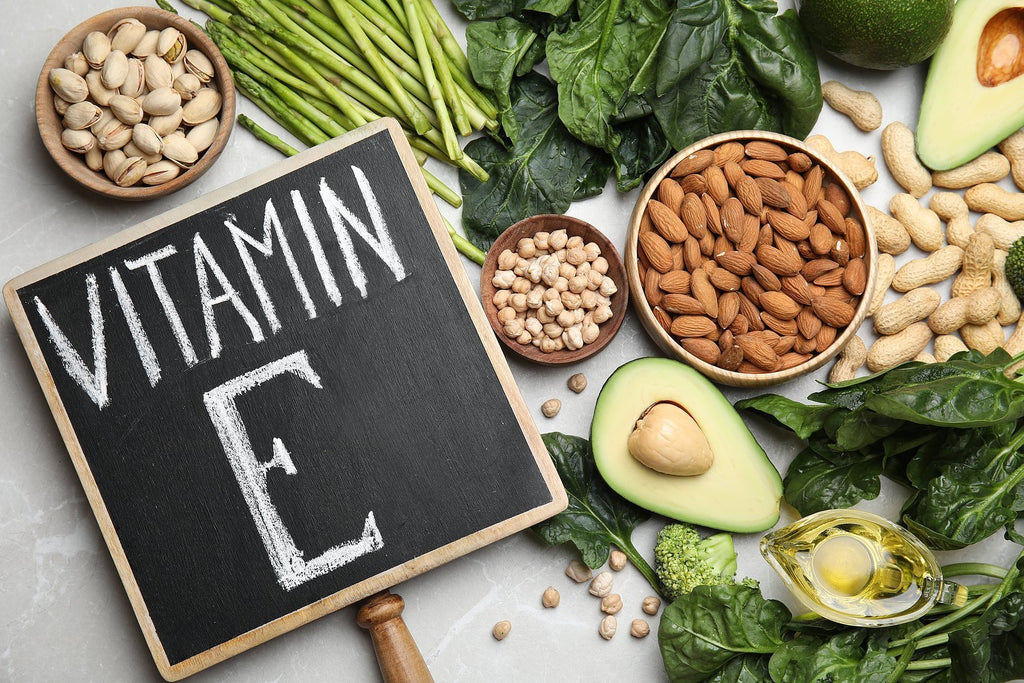How to Spot and Cut Down On Hidden Sugar
Excess sugar consumption is the number one lifestyle issue that’s making people sick today. In this blog, I’ll show you some places where sugar is hiding in your diet and how to get rid of it.
The fact that sugar is bad for you and should be avoided is pretty much common knowledge. However, the average American still eats about 150 pounds of sugar every year.
Although your body can run pretty efficiently on a diet that contains no sugar (in a process called ketosis – the Keto diet), that’s not what I‘m going for in this blog. If you can get into ketosis, great. But the purpose of this blog is to get you to severely limit your sugar intake, because even if your diet is better than 75 percent of Americans, you’re probably still consuming somewhere around 100 pounds of sugar per year.
And it’s not improving your health. It’s probably making you sick, even if you don’t notice it yet.
Sickly Sweet
Sickly is right. The more sugar you consume, the greater your risk for developing diabetes, cancer, or cardiovascular disease. That’s the two top causes of death, while about a third of the population is either diabetic or pre-diabetic.
Sugar feeds cancer cells. It’s what they live on. So, bring your sugar consumption as low as possible to reduce cancer risk. And if you have cancer, avoid all sugar until the cancer is gone.
Sugar also destroys your digestive system and gut health. This leads to systemic inflammation, which is at the root of every chronic disease.
Sugar reduces your energy levels and your focus. Although sugar consumption often leads to a short-term energy boost because it spikes your blood sugar, it’s followed by insulin release, which then sends the blood sugar level down. The result is an energy crash and fatigue. If you use sugar to prop you up throughout the day, you’ll get into this cycle of repeatedly spiking your blood sugar, spike and crash, spike and crash, spike and crash. That leads to a lot of insulin production, insulin resistance, weight gain, potentially diabetes, cancer, and heart disease.
Sugar Is The Most Common Food Additive
Sugar hides in places you might not expect, like salad dressings, pasta sauce (I mean, pasta sauce? Really?), bottled iced tea, even protein bars, bread, and chips. In just about every kind of processed food, there’s just way too much sugar.
Always Read Labels
Manufacturers hide sugar from you by listing it on labels using different names in an attempt to fool you. Once you know these common names, you can avoid them.
Sugar has more than 50 disguised names – too many for me to cover here; you can look them up on the internet. The ones I’ve listed below are the hidden forms of sugar that you should avoid altogether.
- High fructose corn syrup: Ugh. You really do not want to eat that.
- Ethyl maltol: Another one to steer well clear of.
- Fructose: One of the worst sugars you could eat when it’s been added to food. (See the next section about how to handle foods that have fructose in them naturally.)
- Barley malt
- Lactose
- Sucrose
- Maltose
- Dextrose
- Evaporated cane juice
- Maltodextrin
- Caramel
- Raw/brown/rice syrup
How To Deal With Fructose Fruits
As I mentioned, some fruits and even some vegetables contain fructose. But when you eat those, you get other nutrients such as antioxidants, vitamins, and phytonutrients. You definitely don’t eat them just for the fructose.
Low glycemic fruit – like berries – are the best choice and the limited amount of fructose they contain should not be a concern. You just don’t want fructose from other sources.
If you consume modest amounts of low glycemic fruit and lots of vegetables, you can actually reduce the risk of the same diseases that eating too much sugar will contribute to. That’s because those fruits and vegetables contain enough healthy nutrients to outweigh (in most circumstances) whatever sugar they contain. This isn’t true for all fruits, just those with lower sugar levels.
Foods To Avoid That Have Added Sugar
- Fruit juices. It’s like drinking liquid sugar.
- Grains. At least severely limit your grain intake because grains break down into sugar after you consume them.
- Starchy vegetables. Most vegetables are great, but avoid the starchy ones like white potato.
- Processed foods like cereals, bread, sweetened yogurt, chips. Not only do processed foods often contain unneeded sugar, they also contain unhealthy fats, and usually lack the fiber needed to balance out the carbohydrates.
Start By Crowding Out Sugar
Giving up sugar is very difficult, especially if you’re accustomed to it being in your food all the time. A good starting point is to work on crowding out the sugar you’re currently eating. Here are some simple ideas on how to do that.
- Increase healthy fats. Coconut oil, olive oil, and avocados are great. (More about fats below.)
- Cook your own food. Many prepared foods, like when you go out, have a lot of sugar in them.
- Use natural sweeteners in place of sugar. Stevia is good, along with moderate amounts of xylitol (but not a lot).
- Ditch juices. Replace them with filtered water and/or herbal tea.
- Read labels. For example, check out the labels on iced tea. You might not think it should have sugar in it, unless it says sweet tea, but most of the iced teas in the store are loaded with as much sugar as Coca Cola.
- Make your own smoothies and shakes. Use ingredients like berries, leafy greens, kale, avocado, pure pumpkin puree, or unsweetened coconut milk. Add water if your mixture is too thick.
Healthy Fats To Combat Sugar
Eating real food and healthy fats will help reduce sugar cravings and will support brain function. Your brain needs fat, so going on a low-fat diet can lead to problems with sugar cravings and increased sugar intake from not having fat in the body to support brain function.
Try cooking with coconut oil. It has good fat and it tastes great. You could even eat coconut oil on a teaspoon with a little cinnamon.
Olive oil also has good fat. Put it on vegetables, cook with it, or mix it with lemon juice and herbs to make a salad dressing.
Avocados are also a great source of healthy fat. You can read more about them in this blog.
If All Else Fails…
You can pretty much stay on the right track if you avoid eating any food that has a TV commercial. Sure, it sounds kind of silly but think about it. For the most part, foods that require advertising are usually processed and not necessarily a healthy choice.
So, start working towards your new goals: decrease the amount of sugar you consume and fuel your body with more nutrient-dense foods, such as healthy fats. If you do that, you’ll notice both mental and physical benefits.
And feel free to share this blog with your family and friends, because excessive sugar intake is absolutely the plague of modern western society.
Sharing is caring
Know Your Body - Know Your Health






